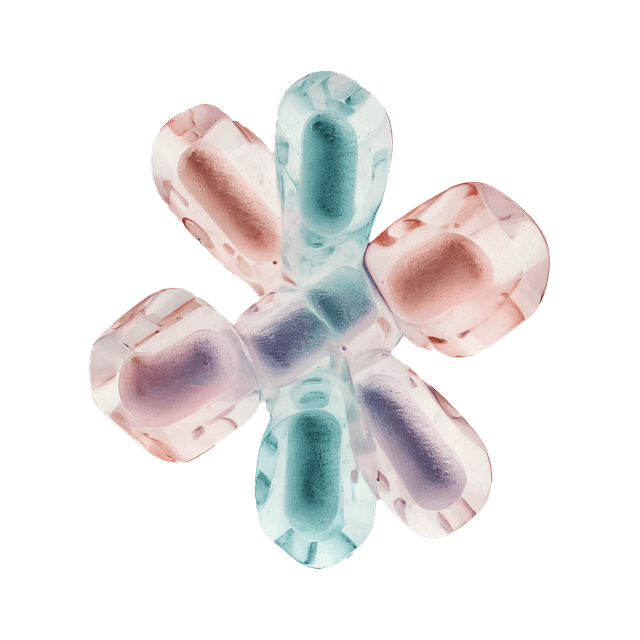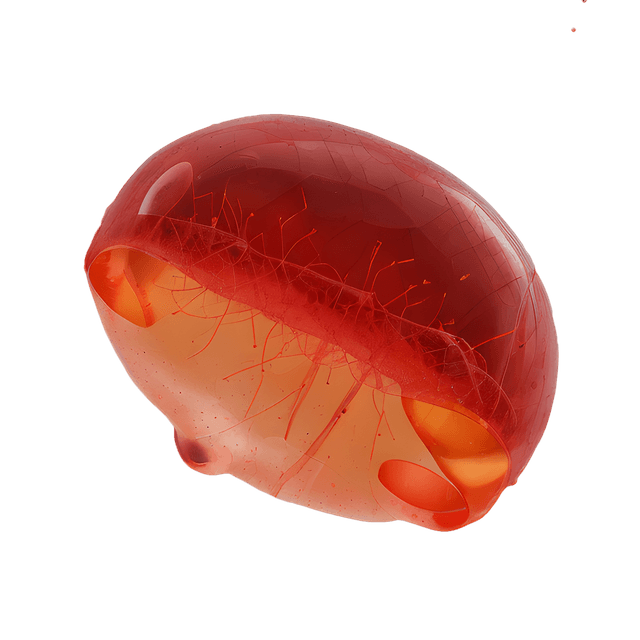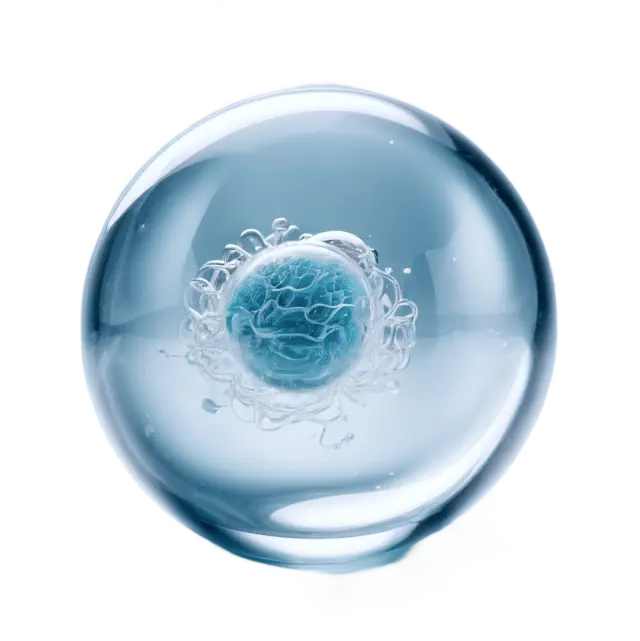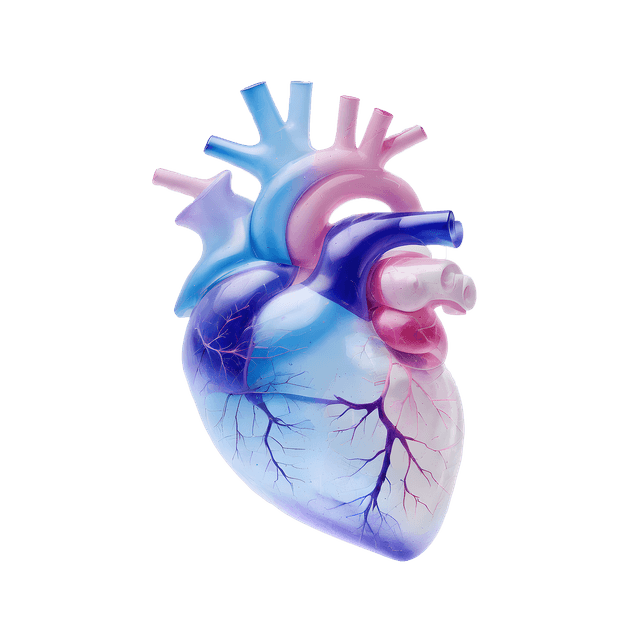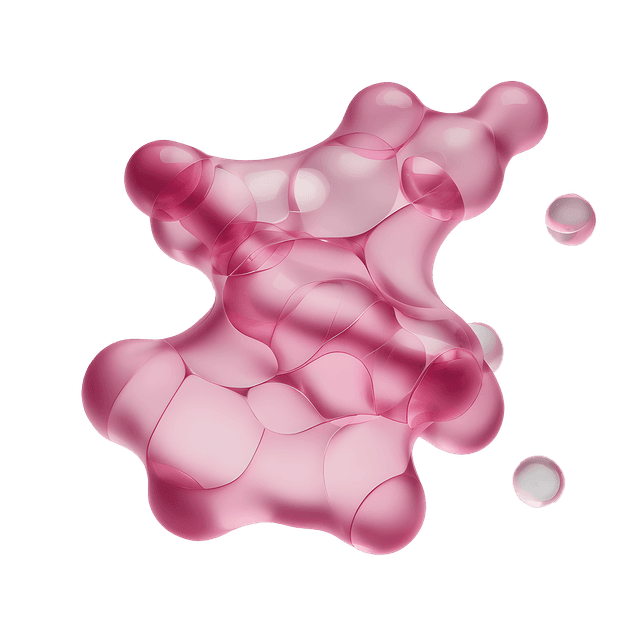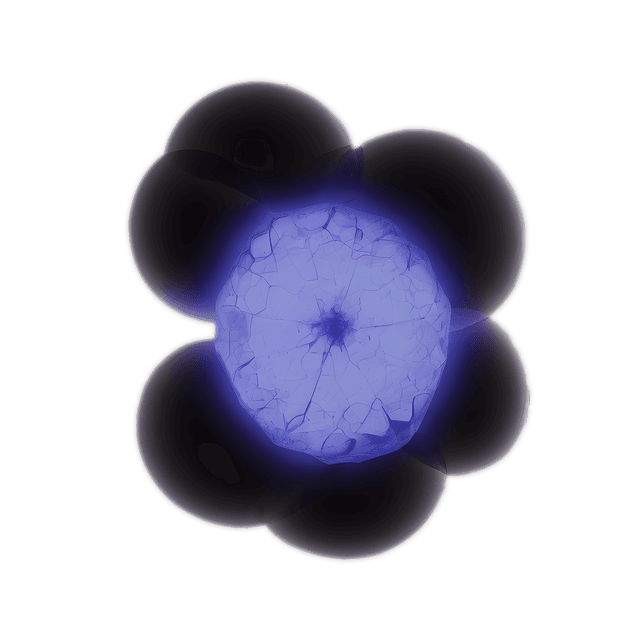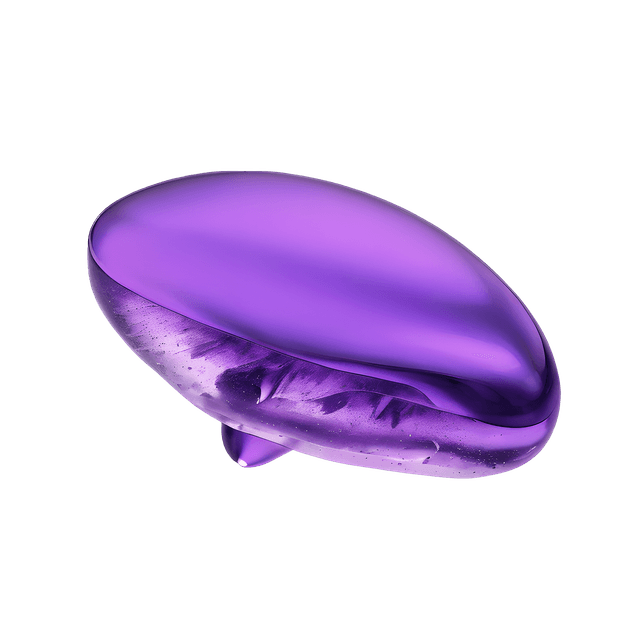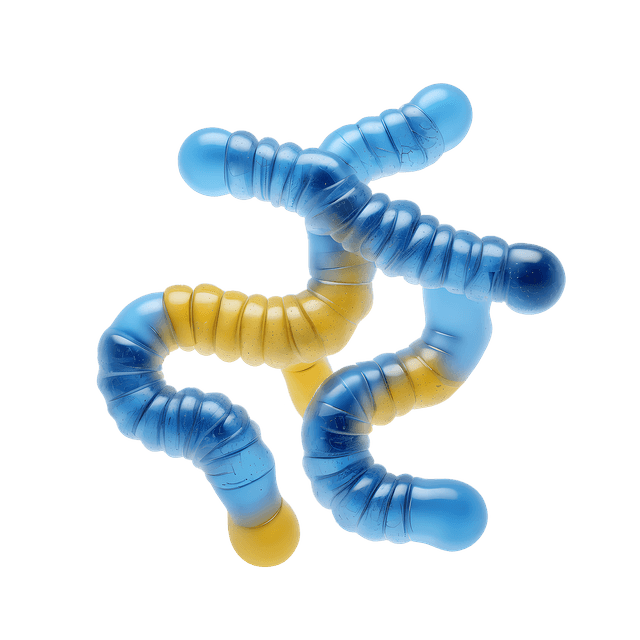Common symptoms of tachycardia
- Pulsed and rapid pulse
- Feeling faint and dizzy
- Increased shortness of breath, especially with exertion
- Chest discomfort or chest pain
- Feeling weak and tired
These symptoms can come on suddenly and go away quickly, but they can also be persistent.
How is tachycardia tested?
To find out the cause of tachycardia, a:
- ECG (electrocardiogram) – records the electrical activity of the heart
- Long-term ECG or Holter ECG – used for temporary symptoms
- Exercise test – ECG performed during physical activity load
- Blood tests – to rule out underlying causes such as metabolic disorders such as thyroid disorders and diabetes
- Echocardiography (ultrasound of the heart) – to assess the function and structure of the heart
Treatment of tachycardia
Treatment of tachycardia is adapted to the cause and severity of symptoms:
- Lifestyle changes – reduce stress, caffeine and alcohol intake and smoking
- Medications – for example, beta-blockers that slow the heart rhythm can be added
- Electrical cardioversion – this is an electrical impulse that restores the normal rhythm of the heart
- Ablation – a minor procedure that involves "burning away" the areas in the heart that causes incorrect signals
- Pacemaker or ICD – in some cases where the rhythm disturbance is severe and recurrent
When should you seek medical attention?
You should seek medical attention if you experience recurrent palpitations, especially if you also feel dizzy, have chest pain or faint. Tachycardia can sometimes be a sign of an underlying heart problem that needs to be investigated.


